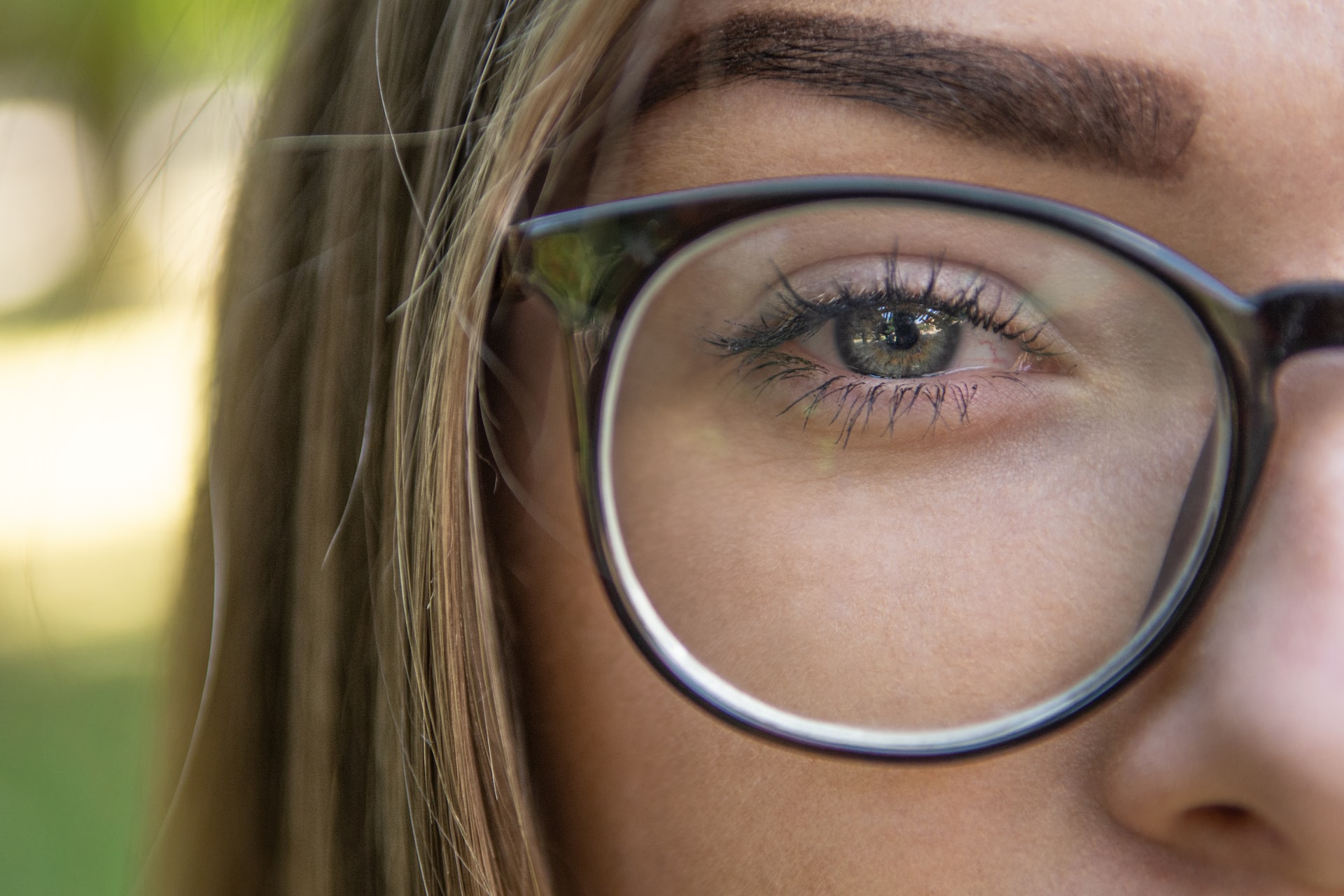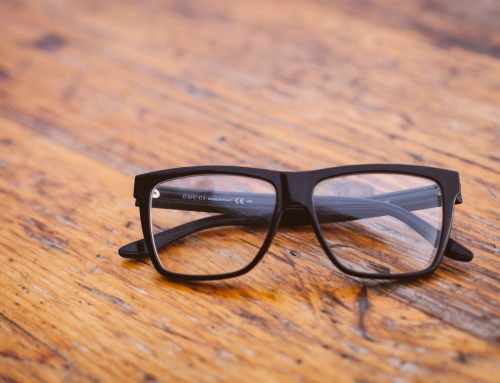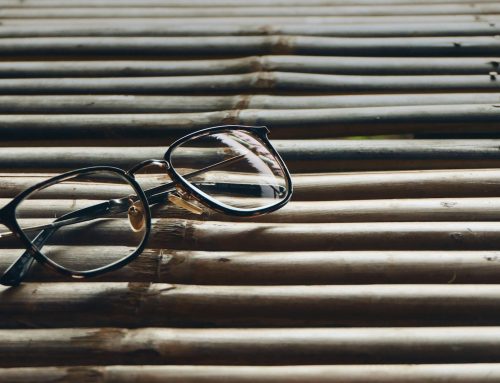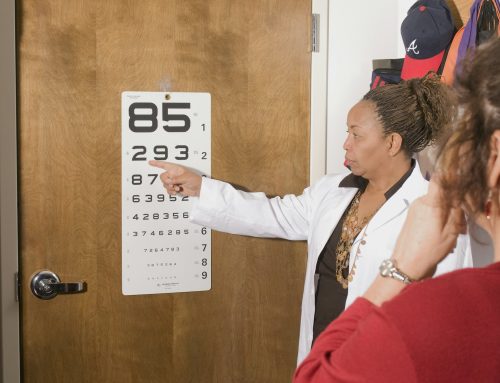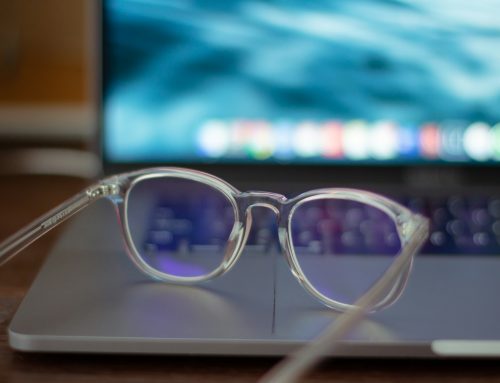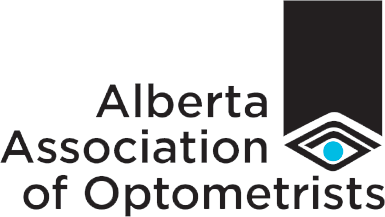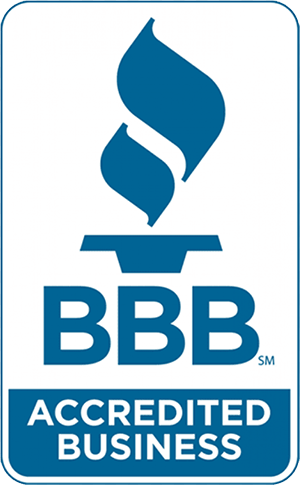Choosing the right contact lenses for your eyes is an important decision. Not only can the wrong lenses cause discomfort, but also potential damage to your eyes. Proper contact lens fitting is essential for comfort and safety.
Here are some key points to help you understand the process of contact lens fitting.
Why Proper Contact Lens Fitting Is Important
Proper contact lens fitting is essential for achieving a successful contact lens wear experience. It helps ensure that the lenses fit properly, provide the right vision correction, and are comfortable to wear. It is also necessary to prevent potential eye health problems and complications from incorrect fitting.
When contact lenses are worn, they should fit snugly against the eye. An improper fit can cause pain, discomfort, and even vision problems. If the lenses are too tight, this can cause discomfort and irritation. On the other hand, if the lenses are too loose, this can cause the lenses to move around or fall out of the eye.
Incorrectly fitting contact lenses may also lead to a wide range of eye health problems. For example, contact lenses that are too tight can cause corneal abrasions, scarring, and even infections. Improper contact lens fitting can also increase the risk of eye irritation, dryness, redness, and blurred vision.
Another important reason for properly fitting contact lenses is to ensure that the lenses provide the correct vision correction. If the contact lenses are not fitted correctly, then the wearer will not be able to see clearly. The contact lenses may also not stay in place, causing further vision problems.
Finally, properly fitting contact lenses provide the most comfortable wearing experience. If the contact lenses are too tight, this can cause discomfort, while lenses that are too loose may move around and cause irritation. The goal is to fit the lenses so that they feel comfortable and secure in the eye.
Taking Measurements for Contact Lens Fitting
Taking measurements for contact lens fitting is an essential part of ensuring a proper fit.
It is vital to measure the curve of the cornea, the diameter of the eye, and the power of the contact lens. These measurements can be taken with a corneal topographer, a keratometer, and a contact lens fitting set. The measurements ensure that the contact lenses fit properly and provide adequate vision.
Additionally, these measurements help the eye care professional determine the best lens type for the patient. Taking accurate measurements is essential for a successful contact lens fitting.
What to Expect during a Contact Lens Fitting
Contact lens fitting is a process that helps individuals find the right contact lenses for their eyes.
The process begins with a comprehensive eye exam, followed by measuring the size of the eyes, determining the curvature of the cornea, and finding the contact lens size and type that best fits the individual’s eye.
During the fitting, the eye doctor will check for any signs of irritation, redness, or infection. They may also check for contact lens-related allergies, as well as discuss any lifestyle needs that may impact the type of contact lens chosen.
After the fitting, the eye doctor will provide instructions on how to insert and remove the lenses properly, as well as how to care for them.
Final Thoughts
It is essential to take the time and effort to ensure that contact lenses are properly fitted to avoid infection, discomfort, and poor vision. It is important to get regular eye exams and follow the instructions of your eye care professional when it comes to wearing and caring for contact lenses.
If you need a contact lens fitting, book an appointment at Optiko. We will connect you with an optometrist in Calgary, NW, to help you care for your eye health and find the best contact lens. Call us to book an eye exam today!

